MOU, Letter of Intent and Heads of Terms


A memorandum of understanding, a Letter of Intent and Heads of Terms are very similar documents. They are both documents outlining the understanding between two or more parties with a clear intention of taking a common course of action. Generally, the parties do not have a legal commitment, but it is the understanding of the parties that a legally binding document will be formally agreed upon in the future. The main difference between the three documents is in the forms, with one being in the form of a memorandum, the second being in letter form and Heads of Terms being a simple contract. Both are more formal documents than merely a gentleman's agreement.
These documents are normally used when there is a meeting of the minds and a willingness to advance the contract, but it will take some time to negotiate and finalise the final documentation. For example, high-risk international transactions such as mergers and acquisitions; property transactions, joint ventures, and other co-operation agreements.
As mentioned above, MOUs and letters of intent are generally not intended to be legally binding with an understanding that a legal relationship will be formally established in the future. However, they may still contain certain binding provisions, such as confidentiality, applicable law, exclusivity, non-solicitation or good faith negotiations, which the parties will have to abide by. One should be careful not to make the MOU or letter or intent too similar to a formal contract and ensure that there is a clear disclaimer to state that it is not intended to be legally binding. Otherwise, the court may interpret the document as a provisional agreement that is binding on the parties.
Generally, MOUs and letters of intent are a good starting point for negotiations. They are also known as heads of terms and they can help to define the scope and purpose of the negotiations. They convey principles and expectations that are mutually accepted by the parties prior to the negotiations, which are helpful to the lawyers in planning the major contracts to be executed. Typically they would name the parties, describe the items they agree on, define their scope, and detail the roles and responsibilities of the parties.
MOUs and Letters of intent help the parties to reach a mutual understanding of what is most important to themselves and the other parties before moving forward. The parties normally begin by stating (i) their respective expectations from the relationship and the ideal outcomes; (ii) their respective contributions to the relationship; and (iii) major issues to be negotiated.
Diversion of time and attention – it may take a long time and effort to negotiate the non-binding MOU / LOI. Time and attention might be better spent formalising the actual legally binding agreement itself.
Protracted negotiation – once the MOU / letter of intent has been agreed, the parties may shirk on the negotiation of the binding agreement, leading to protracted negotiations on key terms of the transaction.
Missed opportunities – signing an MOU / letter of intent will result in certain moral commitments to the other parties, even if it may take a long time to execute. This may lead to missing other opportunities in the market.
Unworkable deal – the deal may be unworkable or the parties may not be able to agree on key issues in the first place. Yet the parties still enter into an MOU / letter of intent as an agreement to agree with a hope to progress them in the future, which may ultimately end up being a total waste of time.
Leakage of Information – signing an MOU / letter of intent may result in a leakage of information. In particular, publicly traded companies with price-sensitive information and public disclosure obligations may be triggered unintentionally.
Typically, an MOU / letter of intent would include the following:
Not the right document?
Don’t worry, we have thousands of documents for you to choose from:
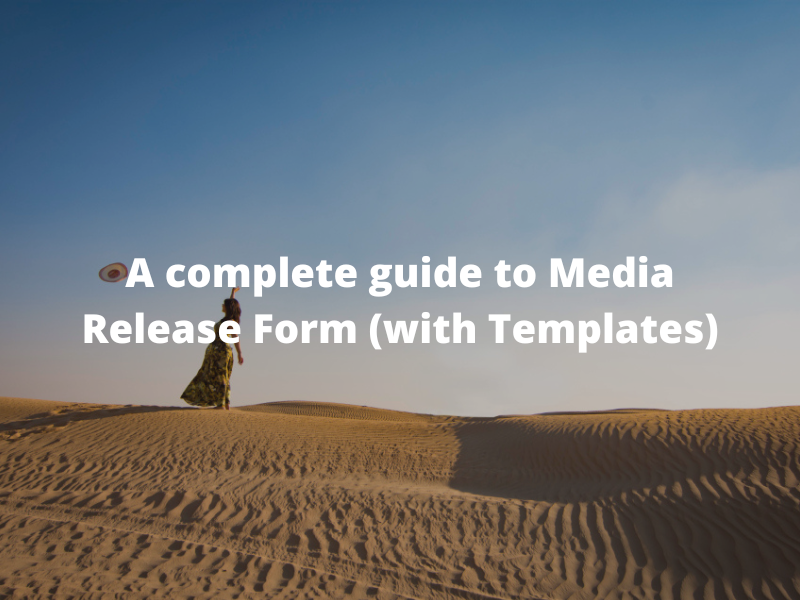
10 Jun 2022
6 min read

2 Jun 2022
6 min read

27 May 2022
6 min read

20 May 2022
6 min read

9 May 2022
6 min read

3 May 2022
3 min read

25 Apr 2022
5 min read

31 Mar 2022
1 min read

29 Mar 2022
1 min read

20 Mar 2022
6 min read

12 Mar 2022
5 min read

21 Feb 2022
5 min read

31 Jan 2022
5 min read

13 Jan 2022
4 min read

3 Jan 2022
5 min read

7 Dec 2021
11 min read
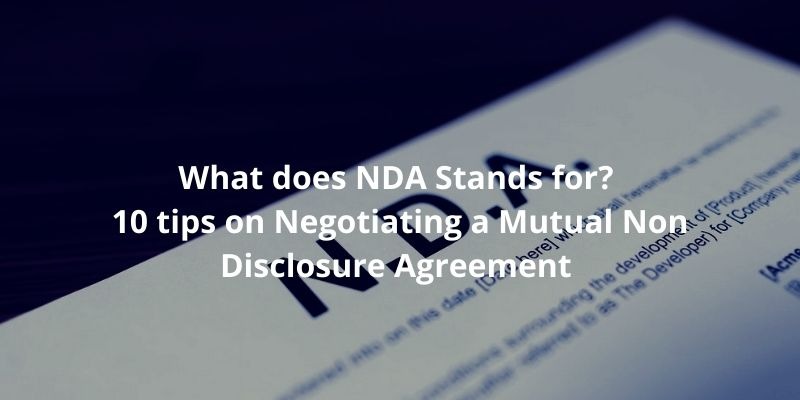
14 Nov 2021
6 min read

1 Nov 2021
9 min read

21 Oct 2021
1 min read

17 Oct 2021
7 min read
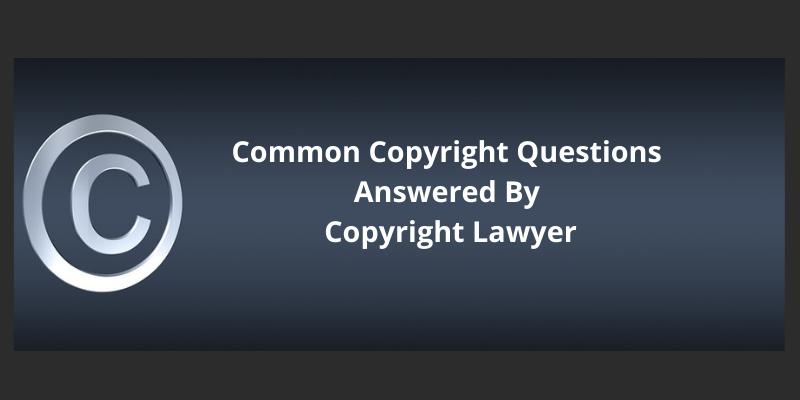
7 Oct 2021
12 min read

16 Sep 2021
4 min read

14 Sep 2021
5 min read

10 Sep 2021
3 min read

31 Aug 2021
4 min read

23 Aug 2021
3 min read

16 Aug 2021
5 min read

30 Jul 2021
6 min read

23 Jul 2021
7 min read

13 Jul 2021
5 min read

2 Jul 2021
5 min read

24 Jun 2021
5 min read

15 Jun 2021
4 min read

4 Jun 2021
6 min read

28 May 2021
5 min read

21 May 2021
5 min read

14 May 2021
5 min read

7 May 2021
5 min read

30 Apr 2021
5 min read

23 Apr 2021
5 min read

16 Apr 2021
5 min read

9 Apr 2021
5 min read

1 Apr 2021
5 min read

26 Mar 2021
4 min read

19 Mar 2021
5 min read

12 Mar 2021
5 min read

5 Mar 2021
6 min read

26 Feb 2021
5 min read

19 Feb 2021
6 min read

11 Feb 2021
5 min read

29 Jan 2021
6 min read

29 Jan 2021
3 min read

22 Jan 2021
6 min read

15 Jan 2021
6 min read

8 Jan 2021
6 min read

31 Dec 2020
6 min read

24 Dec 2020
0 min read

24 Dec 2020
7 min read

18 Dec 2020
6 min read

11 Dec 2020
6 min read

4 Dec 2020
6 min read

27 Nov 2020
6 min read

27 Nov 2020
7 min read

22 Nov 2020
7 min read

13 Nov 2020
8 min read
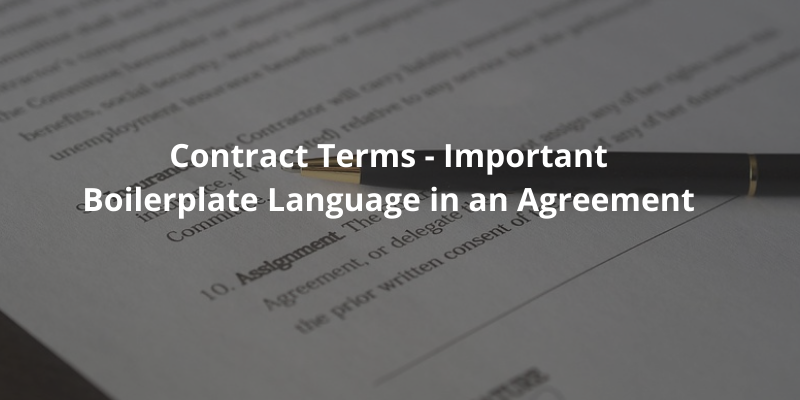
12 Nov 2020
8 min read
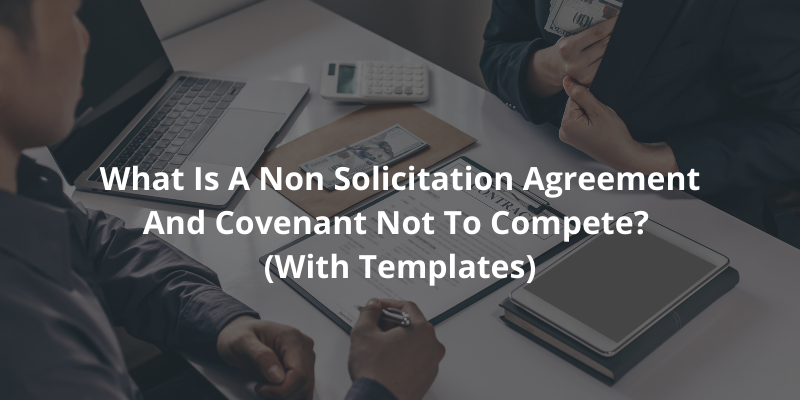
7 Nov 2020
8 min read

5 Nov 2020
6 min read
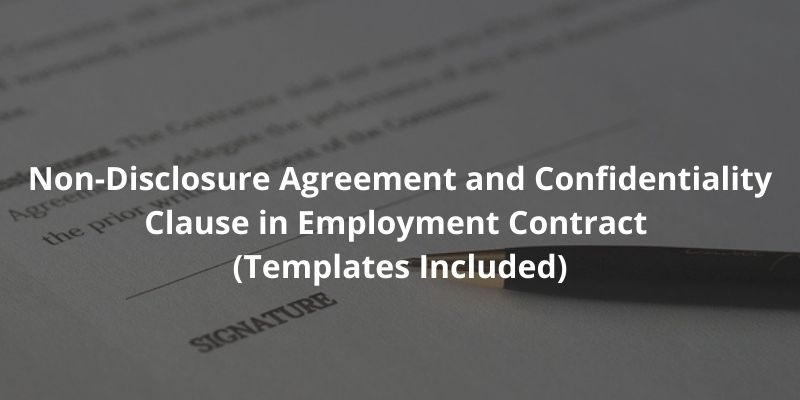
30 Oct 2020
7 min read

29 Oct 2020
8 min read

23 Oct 2020
7 min read

19 Oct 2020
8 min read

16 Oct 2020
10 min read

7 Oct 2020
9 min read

28 Sep 2020
8 min read

18 Sep 2020
7 min read

9 Sep 2020
7 min read

3 Sep 2020
7 min read

27 Aug 2020
8 min read

27 Aug 2020
9 min read

19 Aug 2020
8 min read

17 Aug 2020
8 min read

11 Aug 2020
8 min read

11 Aug 2020
8 min read

10 Aug 2020
11 min read

10 Aug 2020
9 min read

7 Aug 2020
9 min read

4 Aug 2020
9 min read

3 Aug 2020
10 min read

23 Jul 2020
8 min read

23 Jul 2020
8 min read

12 Jul 2020
8 min read

5 Jul 2020
7 min read

25 Jun 2020
7 min read

12 Jun 2020
9 min read

11 Jun 2020
9 min read

9 Jun 2020
9 min read

8 Jun 2020
8 min read

4 Jun 2020
5 min read

4 Jun 2020
8 min read

2 Jun 2020
10 min read

28 May 2020
13 min read

25 May 2020
8 min read

1 May 2020
10 min read

1 Apr 2020
6 min read

1 Mar 2020
11 min read

1 Feb 2020
11 min read

8 Jan 2020
9 min read

1 Jan 2020
1 min read

10 Dec 2019
7 min read

26 Nov 2019
8 min read

5 Nov 2019
5 min read

24 Oct 2019
3 min read

1 Oct 2019
1 min read

1 Oct 2019
1 min read





